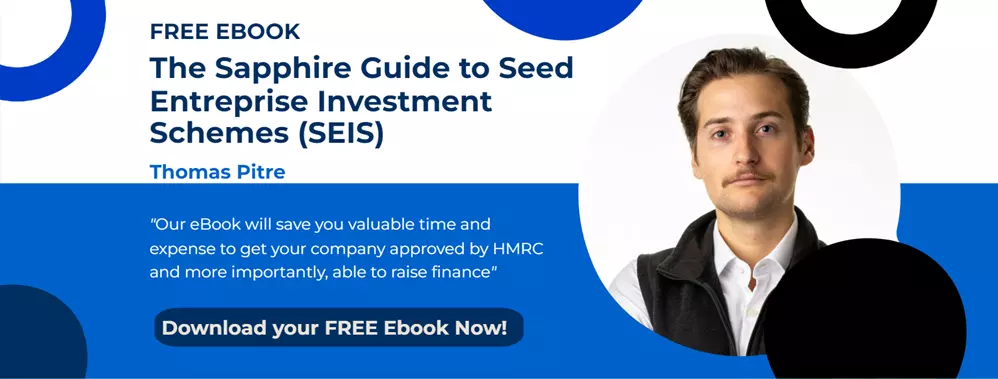
Over the summer months, I caught up with some long overdue television viewing time, and came across the American TV series “Billions”. For those that haven’t heard of it, the story is about a successful hedge fund manager, Bobby Axelrod, who is being investigated by the U.S Attorney for the Southern District of New York, for suspected insider trading. The complexity in the plot occurs due to a “conflict of interest”, as the U.S. Attorney’s wife works for Bobby’s firm, as a key person employee and investor.
The subject of “conflict of interest” has been playing on my mind ever since watching the series, and I wanted to discuss this area specifically for EIS and SEIS investing, in light of the schemes’ phenomenal growth and ever increasing popularity.
In fact, before I get into the topic, let me tell you just how successful SEIS and EIS have become. There has been a record level of funding received by SMEs and growth companies as of late. The schemes reached a historical record high of finance raised for companies in 2014/15 of up to £1.7 billion, per HMRC statistics. In that year alone a total of 3,130 companies received financing through the schemes. Since inception in 1993, nearly 25 thousand companies have received more than £14 billion of funding, proving the schemes to be integral components of the risk finance sector. The schemes have helped companies grow and succeed, they have created new jobs and have enabled innovative products and services to be introduced into the market.
So, to state it bluntly, the schemes are here to stay and their popularity is only increasing. That is why the topic of conflict of interest has come to the forefront of my consideration; as more people become aware of the schemes, more will want to participate.
So, when does a conflict of interest / independence requirement arise in an SEIS or EIS investment scenario?
An investor is not eligible for income tax relief or any other incentivisation offered by the schemes on the cost of their shares if they are considered to be “connected” with the company.
An investor can be connected in two ways:
1. Connection by financial interest – if an investor either controls or holds more than 30% of the share capital or voting rights, or if they are entitled to more than 30% of the company in the event of a dissolution they are conflicted out of the schemes. Even loans are considered to be a financial interest in the company. As such, EIS investors should avoid loaning money to the company, especially if the terms are not normal. These conditions apply from as early as two years before the issue of the EIS shares and end three years after issuance. For SEIS the term commences upon share issuance and lasts for three years.
2. Connection by employment – whether a person is management, an employee or a director, they are considered connected by employment and not eligible for income tax relief or any other benefits offered by the schemes from as early as two years before the EIS shares are issued and three years after. Again, there is a difference here under SEIS where the term commences upon share issuance and lasts for three years.
Of special note is the nature of the business angels’ relationship with the company. Many angels act as mentors or directors to their invested company. In order to maintain their tax incentives, angels must ensure that they do not receive any remuneration and have not been previously involved with the company before share issuance. There is an exception to the rule whereby business angels may still be able to claim relief if they subsequently become a paid director upon making the investment but there are a number of conditions that need to be met for this to be allowed.
As more companies seek to adopt the schemes, as well as to compensate their employees via stock options or performance based equity, the question of who is allowed to obtain SEIS and EIS comes to the forefront. Business owners and entrepreneurs should keep these independence regulations to the forefront of their minds when hiring key personnel and attracting their first rounds of finance.



